Reflections on Bragg’s law
From Mike Glazer
In his recent letter Michael Baldwin wrote about the origin of William Lawrence Bragg’s famous diffraction law; being almost the same as the equation sind= n?/d in the 1874 book Solar physics by J Norman Lockyer. I should point out that when Bragg presented his theory to the Cambridge Philosophical Society in 1912, it had the form n? = 2dcos?. This clearly has its origin in Bragg’s exposure to the theory of optics, in particular Arthur Schuster’s 1909 book, An introduction to the theory of optics, where ? is the angle of incidence of the x-rays to the crystal planes, as is normally done in describing the optics of reflection and refraction.
This is because Bragg associated the origin of Max von Laue’s diffraction spots with reflections from mirrors, but with the added feature of wave interference. However, in all subsequent publications Bragg’s law appears in the familiar form n? = 2dsin? where ? is now the angle between the planes and the x-ray beam. I believe that this change came about with the use of his father’s ionisation spectrometer, where it became more sensible to measure the angle of diffraction starting from the incident beam direction towards higher angles.
A M Glazer MRSC
University of Oxford, UK
Drug safety
From Alan Newbury
As a retired GMP (good manufacturing practice) consultant with over 50 years pharmaceutical industry experience, I found Angeli Mehta’s article on the Indian generic pharmaceutical industry disturbing. Not only was the major GMP non-compliance reported troubling, but also the comments attributed to regulators and companies.
How can they say that GMP failures present no patient risk? How can product quality be assured by increased testing of a necessarily small sample when the product is imported? An acceptable sterility test on 20 units from a batch of 100,000 provides very little comfort. GMP and quality assurance are interrelated and provide, as far as is practical, that the products are satisfactory only when they are manufactured by validated processes, executed by trained staff with qualified plant and equipment.
Nothing in the article covered UK import; what are the qualified persons (QPs) at the importing companies doing? They are required by EU law to sign a register indicating that each batch of product has been manufactured and tested according to its manufacturing authorisation and in accordance with GMP regulations. Are they doing this without auditing the manufacturing companies? As a QP, I made it clear that without an audit I would not sign the register. Yes, travelling to India is expensive, but a harmed patient is so much worse.
When I started in the industry in the late 1950s, GMP was virtually non-existent. Over the years the GMP bar has been raised ever higher with a corresponding increase in product cost. Some of the new requirements were obviously necessary, others caused much head scratching. Have we reached the stage where GMP regulations are so strict that the cost to manufacture products is preventing their use? I say yes: in the UK, Nice (the National Institute for Health and Clinical Excellence) often prevents products being prescribed as the cost–benefit ratio is too high. Industry and regulators should sit down and review international GMP requirements with a view to eliminating the unnecessary.
Alan Newbery MRSC
Pembrokeshire, UK
A spoonful of sugar of lead
From Paul Roebuck
Last autumn, I was clearing my late wife’s shelf of recipe books, including my mother’s old books, when I found a distinctly chemical recipe.
In my mother’s neat handwriting it read:
1 drachm sugar of lead
2 drachm white vitriol
Reduce to fine powder and add 4 ozs of water
This had been handed in at B Payne, Chemists, Wirksworth, Derbyshire in early December 1961 and forwarded to Boots, Chemists in Derby.
Clearly this ‘prescription’ should never have been among food recipes, but it begs the question: for what was the concoction needed?
Sugar of lead is lead acetate, known to be sweet since Roman times as wines were stored in lead vessels and any oxidation would synthesise acetic acid and hence the soluble acetate. It is also well known to be poisonous. I had to look up white vitriol: zinc sulfate, not as poisonous as lead acetate, but not for ingestion.
My mother suffered severely from chilblains, so was this a concoction for alleviating that condition? I wonder if there is an RSC member who might enlighten me?
P Roebuck CChem FRSC
Nottingham, UK
Why is our -us -ous in US?
From David Snodin
I always believed that the correct spelling for the element with atomic number 15 is phosphorus. But I constantly come across the –ous spelling (that is, containing phosphorus or luminescent substances) for this element, particularly in US-based academic publications and lecture notes from US universities. Is this a case where usage might make phosphorous an acceptable alternative spelling for the element?
D J Snodin FRSC
Bristol, UK
Chemistry World welcomes letters, which should be concise (normally fewer than 300 words) and timely. Those selected for publication are subject to editing for clarity and length. Letters should be marked ‘for publication’ and sent to chemistryworld@rsc.org. Letters are not routinely acknowledged.

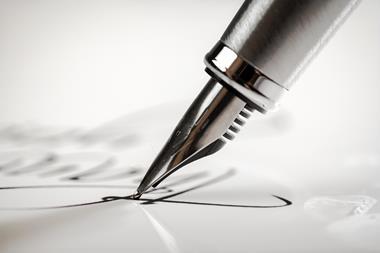
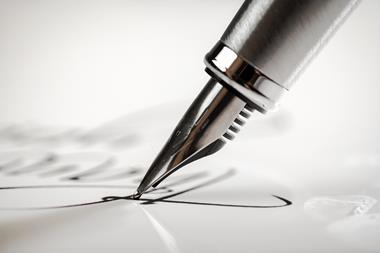
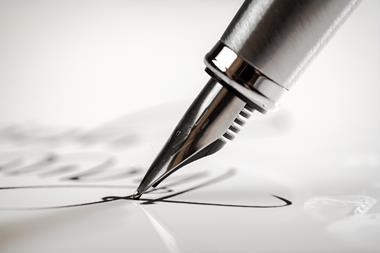
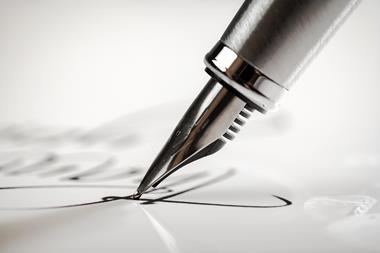
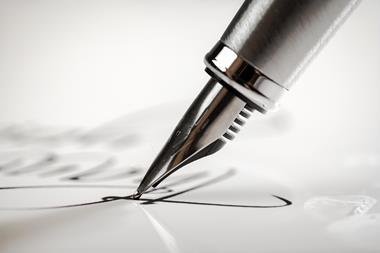






No comments yet